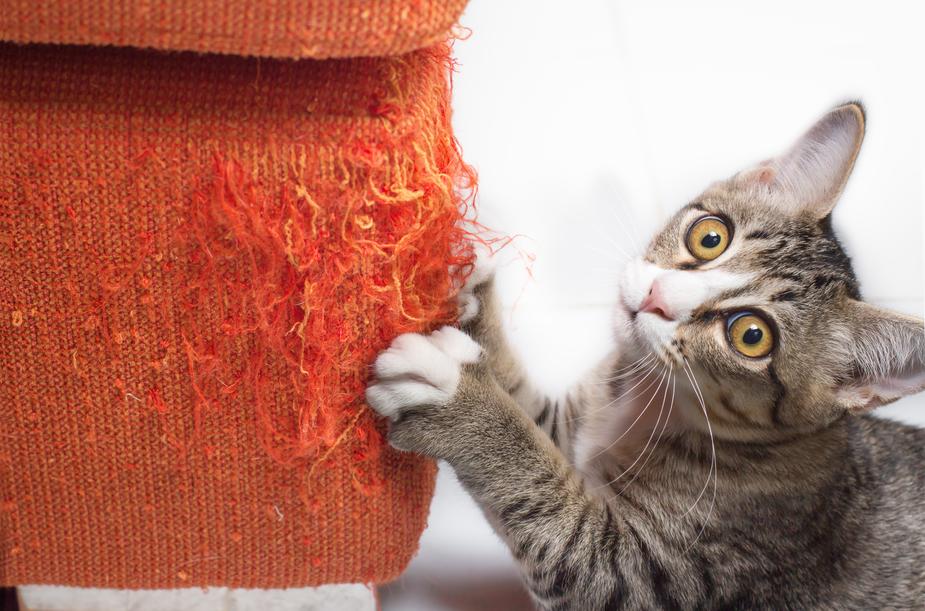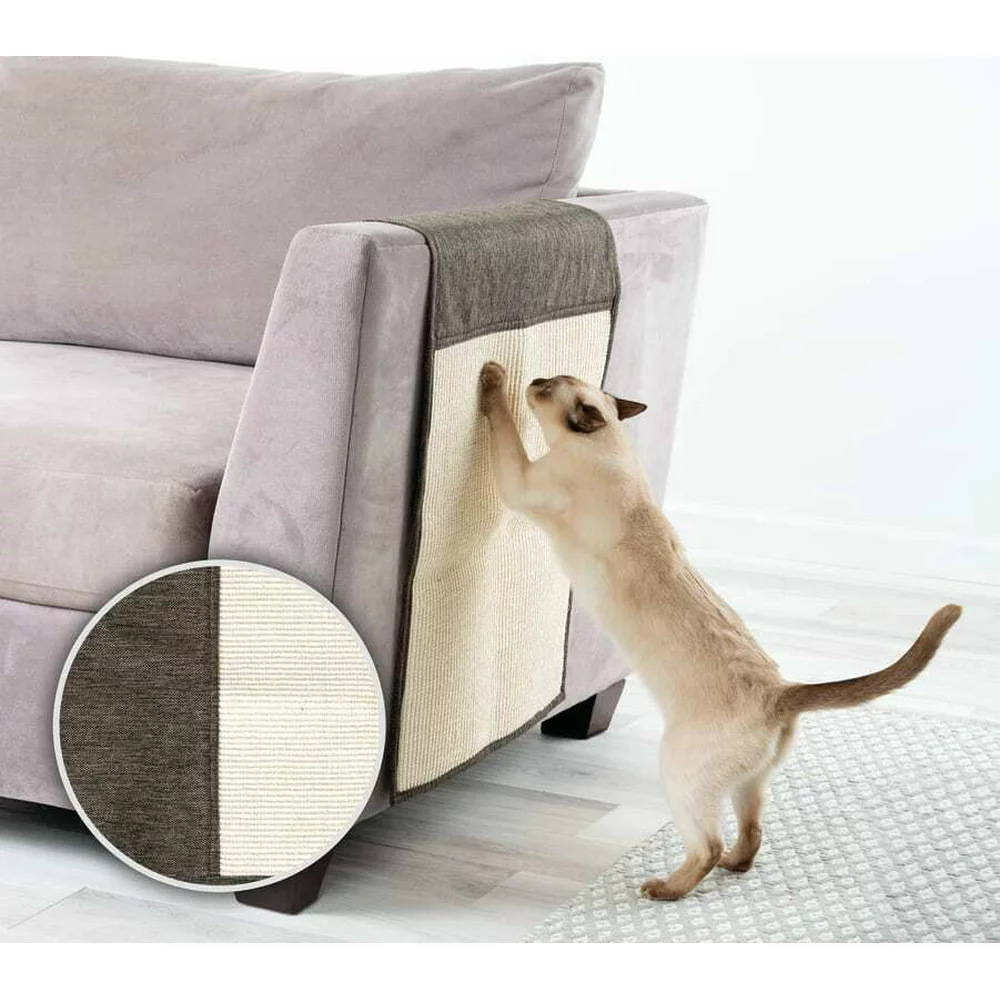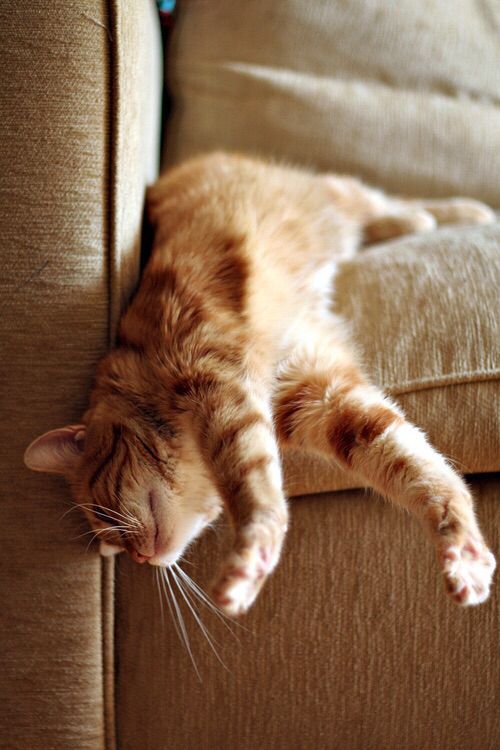Velvet is a luxurious, elegant fabric that can look beautiful upholstering sofas and chairs. However, cat owners may hesitate to choose velvet, worrying their feline friends will damage it with their claws. Here we’ll explore whether cats and velvet can peacefully co-exist or if velvet’s delicacy makes it unsafe around cats.
The Allure of Velvet
What makes velvet so desirable yet so delicate?
- Plush texture – Velvet has a smooth, thick pile that looks and feels rich.
- Shimmering sheen – The fabric reflects light, creating depth and dimension.
- Range of colors – Velvet comes in a huge spectrum from solids to patterns.
- Intricate detailing – Velvet highlights detailed tufting and tailored edges.
- Signal of luxury – The fabric elevates any piece with sophistication.
- Versatile uses – From upholstery to clothing, velvet brings elegance.
- Softness – Velvet has a pliable, cozy feel.
However, the piled strands that give it beauty also make it vulnerable to damage.
Are Cats and Velvet Compatible?
So will sharing your home with cats and velvet result in destruction? Here are the key considerations:
- Pile direction matters – Velvet with a vertical pile is more resistant to claw damage than horizontal.
- Look for brushed construction – Brushed or crushed pile textures better disguise scratches.
- Consider velvet blends – Combining with sturdy fibers like polyester makes velvet more durable.
- Compare velvet types – Silk velvet is most delicate while cotton or synthetic velvets are stronger.
- Check density rating – Higher densities have more compact, resilient pile. Around 400 g/m2 is decent.
- Evaluate weave – Tighter, compact weaves resist clawing better than loose weaves.
- Assess pile height – Longer piles show scratches more but resist tearing. Short piles limit claw grip.
- Choose darker colors – Claws marks blend in better on black, navy or chocolate hues.
Protecting Your Velvet Sofa
If you do choose a velvet sofa, there are ways to protect it:
- Trim claws frequently – Keeping your cat’s nails short and blunt reduces snagging and pulls on fabric.
- Use scratching posts – Offer enticing sisal posts around the home to redirect scratching instincts.
- Try sofa deterrents – Products like sticky tape, aluminum shields or citrus sprays may discourage clawing.
- Fit scratch guards – Acrylic blankets or sofa covers can make clawing impossible.
- Limit access – Keep cats off the sofa when unsupervised, closing doors if needed.
- Remove litter box barriers – Ensure cats can easily access litter boxes to mitigate stress scratching.
- Consider fabric shampoos – Specialty products help refresh velvet pile and disguise claw marks between deep cleanings.
Repairing Velvet Claw Damage
If your sofa does suffer some battle scars, these tips can help restore it:
- Gently brush the pile upward to mask and flatten scratches. Avoid excessive rubbing.
- For snags, carefully trim stray pile threads with sharp scissors. Do not pull.
- Use fabric glue like Fabricrazy to adhere torn or loose pile pieces back into place.
- Fill damaged areas with a velvet pile filler product following package directions.
- Touch up bare spots with a velvet pile painting solution in matching color.
- For deep gouges, seek professional velvet repair or reupholstery services.
Should You Avoid Velvet with Cats?
Responsible cat owners take all precautions to protect their furniture, even velvet. But accidents happen. Here’s guidance on whether to steer clear:
- Active, energetic cats prone to clawing are risky around velvet.
- Sofas in high traffic areas will endure more wear than protected, decorative chairs.
- Rare, antique, or sentimental velvet heirlooms may be too precious to risk.
- Those on a budget may prefer more claw-resistant leathers or textiles.
- Individual cats’ temperaments must factor into your decision.
With proper precautions velvet can survive cat households, but know it requires extra care. Ultimately you must weigh your decor goals against realistic life with cats. Trust your judgement.


